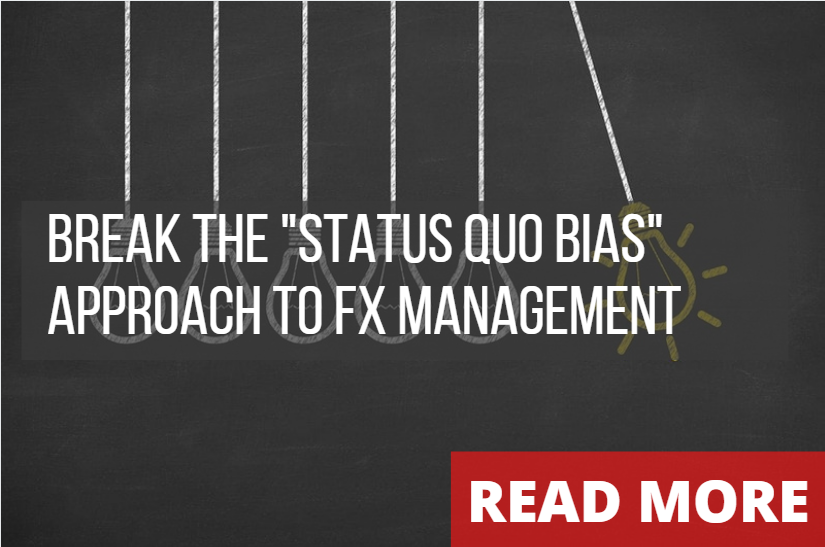
FX Policy Planning and 5 Things to Consider
By Amarjit Sahota, Director, Klarity FX
May 20th, 2025

Many companies face foreign exchange (FX) risk every day, yet operate without a formal FX policy. That gap can lead to missed opportunities or costly mistakes. Without a clear plan, currency swings can cut into margins, distort earnings, and disrupt financial forecasts—especially during unexpected rate shifts or geopolitical headlines.
Relying on outdated playbooks or informal routines is no longer enough. If your business has material FX exposure, an FX policy is not optional—it’s a core part of financial discipline. A well-designed policy helps your team identify, measure, and manage currency risk in a way that supports broader business goals.
Here are five key areas to address when setting up or improving your FX policy:
Identify the Risks
Start by listing out all types of FX exposure:
-
Transactional – Invoices and payments in foreign currencies
-
Translational – Balance sheet risks tied to consolidation
-
Economic – Long-term risks to pricing and competitiveness
Some exposures are easy to spot—for example, a European exporter billing in USD. Others are harder to detect, such as third-currency pricing or supply chains that become vulnerable when input costs shift.
Also, define when each exposure begins. Is it triggered at the time of sale, invoice, or delivery? That varies by company. Once mapped, identify natural hedges in your operations. Then check for overlaps with commodity pricing—oil often links to CAD, metals to AUD. These correlations tend to grow stronger in volatile markets.
Measure the Risks
You can't manage FX risk if you don't measure it. A basic scenario analysis is a good start. Ask: How would a 1% or 1-cent FX move affect our margins, earnings, or cash flow?
This makes the risk tangible for leadership. If your cash flows are inconsistent, use a simple moving average—say 3 or 6 months—to smooth volatility and better align hedge timing.
Additionally, avoid chasing headlines. Spot rates can jump on U.S. job reports, central bank remarks, or shifting global sentiment. A rolling average provides more stability and helps avoid poorly timed decisions.
Define the FX Policy Objectives
Your FX policy should clearly state what you’re trying to achieve—earnings stability, budget protection, or margin consistency.
Equally important is knowing when not to hedge. If the cost is too high or the risk too small, don’t force it. Your policy should allow some flexibility, but avoid guesswork.
Create thresholds to guide actions—based on notional volume, value-at-risk, or earnings sensitivity. This structure keeps decisions consistent, even when markets shift quickly, like they did during recent swings in inflation and wage data.
Build the FX Policy Program
With goals and exposures defined, design a hedging strategy that fits your business. Begin with internal tools—netting, functional currency invoicing, or matching revenues and costs in the same currency.
Next, layer in external hedges like forwards or options. Make sure they align with your exposure timelines and credit limits. Full coverage isn’t always possible—forecasts change, and accounting constraints may apply.
Interest rate divergence across central banks has made timing harder. Spot prices often reflect speculation, not fundamentals. This makes rule-based or staggered programs more effective than one-off trades. They help reduce risk and avoid decision paralysis.
Establish FX Policy Controls & Guidelines
Good execution starts with clear policy governance. Define:
-
Who monitors and reports exposures
-
Who has authority to trade and under what limits
-
Which instruments and counterparties are allowed
-
How trades are confirmed, logged, and reviewed
Even simple hedge programs can veer off-track without oversight. Use dual approvals, regular exposure reviews, and defined processes to maintain control. These steps also boost transparency when FX results affect financial reporting.
Final Thought
An FX policy is more than documentation—it’s a tool to align finance, strategy, and execution. In today’s unpredictable markets, a structured approach to FX risk isn’t just helpful. It’s necessary.




